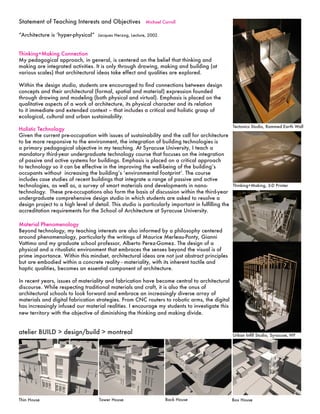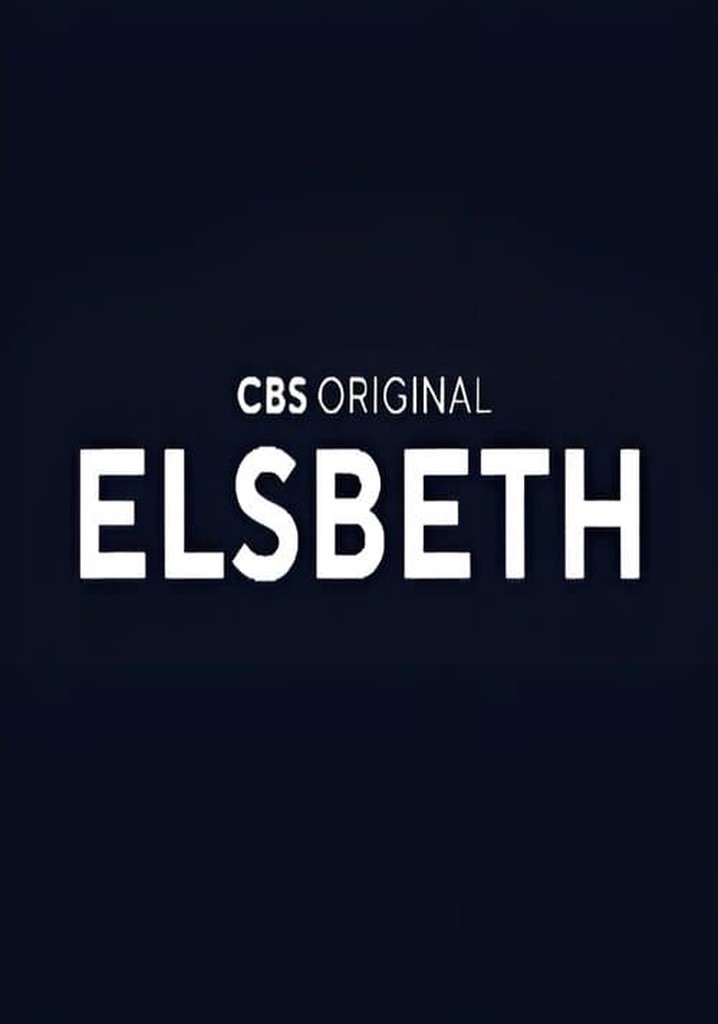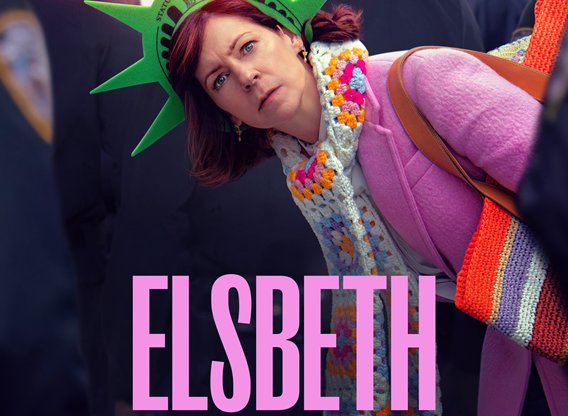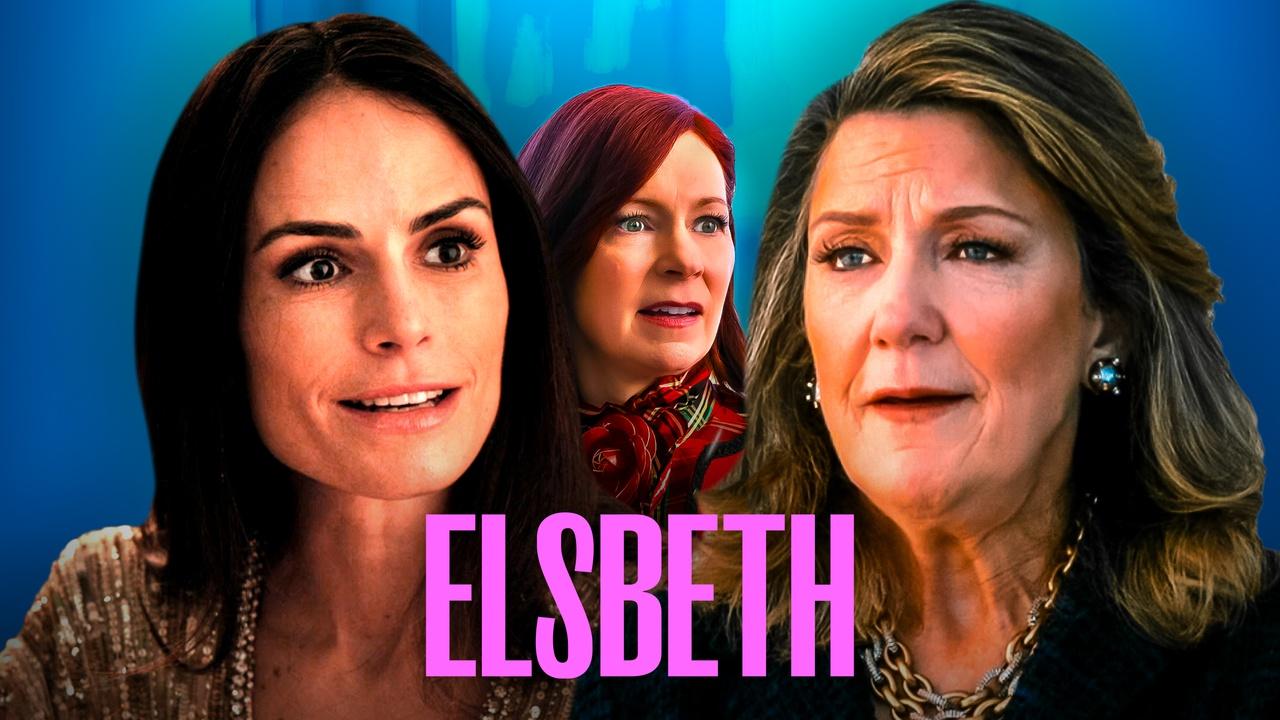Fine Arts Professorship: Spatial Concepts And Pedagogical Approaches

Table of Contents
Understanding Spatial Concepts in Fine Arts Education
The Importance of Spatial Reasoning in Various Art Forms
Spatial reasoning is fundamental to artistic creation across diverse mediums. A strong grasp of spatial concepts is crucial for success in various artistic fields.
- Sculpture: Understanding three-dimensional space, volume, and negative space is paramount in sculpting. Artists must visualize and manipulate forms within a physical environment.
- Painting: Mastery of perspective, composition, and the illusion of depth on a two-dimensional plane is essential for effective painting. Spatial awareness determines the effectiveness of the artwork.
- Architecture: Architects rely heavily on spatial reasoning to design functional and aesthetically pleasing buildings. Understanding scale, proportion, and the interaction of spaces is crucial.
- Design: Graphic designers, interior designers, and fashion designers utilize spatial principles to create visually appealing and functional designs. Understanding spatial relationships is key to effective design communication.
Different art forms demand unique spatial understanding and problem-solving skills. A sculptor's understanding of spatial relationships differs from that of a painter, demanding unique cognitive processes and practical applications of spatial awareness.
Incorporating Spatial Theory into the Curriculum
Integrating spatial theory into the curriculum provides a framework for students to understand the underlying principles governing their artistic choices.
- Gestalt principles: Teaching Gestalt principles (proximity, similarity, closure, etc.) helps students understand how the human eye perceives and organizes spatial information.
- Semiotics of space: Exploring the semiotics of space allows students to understand how spatial arrangements convey meaning and evoke emotions.
- Visual perception theories: Integrating theories of visual perception provides students with a scientific understanding of how the brain processes spatial information, influencing artistic choices.
These theories can be practically integrated into lesson plans through exercises focused on analyzing existing artworks, creating their own compositions based on specific principles, and critically evaluating the impact of spatial arrangements on the overall meaning and effect of an artwork.
Effective Pedagogical Approaches for Teaching Spatial Concepts
Innovative Teaching Methods for Spatial Understanding
Active learning techniques significantly enhance the learning experience and help students develop a deeper understanding of spatial concepts.
- Collaborative projects: Group projects encourage students to discuss, debate, and collaboratively solve spatial problems.
- Spatial exercises: Practical exercises, such as blind contour drawing or creating three-dimensional models from two-dimensional plans, enhance spatial visualization skills.
- Virtual reality (VR) applications: VR technology offers immersive environments for students to explore spatial relationships in a dynamic and engaging way.
- Field trips: Visiting museums, architectural sites, or art installations provides real-world context and inspiration for students.
Successful implementations of these methods often involve clear learning objectives, well-structured activities, and opportunities for student feedback and reflection. For example, using VR to reconstruct historical sites can create deeply impactful learning experiences.
Assessing Student Understanding of Spatial Concepts
Effective assessment strategies are crucial for evaluating students' comprehension of spatial concepts.
- Portfolio reviews: Regular portfolio reviews allow instructors to track student progress and provide constructive feedback on their understanding of spatial principles.
- Presentations: Presentations allow students to demonstrate their understanding of spatial concepts by articulating their artistic decisions and rationale.
- Critiques: Critiques provide opportunities for peer feedback and constructive criticism, enriching the learning experience and helping students develop their spatial reasoning skills.
- Project-based assessments: Project-based assessments allow students to apply their understanding of spatial concepts to complex and engaging projects, demonstrating their mastery of the subject matter.
Diverse evaluation methods accurately reflect students' comprehension and address various learning styles.
The Evolving Role of Technology in Spatial Arts Education
Utilizing Digital Tools for Spatial Exploration
Digital tools offer powerful new ways to explore and understand spatial concepts.
- CAD software: CAD software allows students to create precise and detailed three-dimensional models.
- 3D modeling software: 3D modeling software allows students to design and manipulate objects in a virtual environment, enhancing their spatial visualization skills.
- Virtual reality (VR) and Augmented Reality (AR): VR and AR technologies offer immersive and interactive learning experiences, allowing students to explore spatial relationships in a dynamic and engaging way.
These technologies can create immersive and interactive learning experiences, fostering a deeper understanding of spatial concepts.
Addressing the Challenges of Integrating Technology
The integration of technology presents several challenges.
- Cost: Acquiring and maintaining expensive software and hardware can be a significant barrier.
- Access: Unequal access to technology can create a digital divide, disadvantaging students from lower socioeconomic backgrounds.
- Technical expertise: Instructors may need additional training to effectively utilize new technologies in their teaching.
- Digital literacy: Students may require instruction in digital literacy skills to effectively use these tools.
Addressing these challenges requires proactive planning, securing funding, providing teacher training, and ensuring equitable access to technology for all students.
Conclusion: The Future of Fine Arts Professorship and Spatial Understanding
This article highlighted the crucial role of spatial reasoning in fine arts education, emphasizing the need for innovative pedagogical approaches and the integration of technology to enhance the learning experience. Effective teaching strategies include active learning techniques, collaborative projects, and diverse assessment methods. While integrating technology presents challenges, its potential to create immersive and engaging learning experiences is undeniable. Embrace the challenge of integrating spatial concepts into your teaching, becoming a leading advocate for innovative pedagogical approaches in fine arts education. Explore the possibilities and become a champion of spatial understanding within your Fine Arts Professorship. The future of Fine Arts Professorships hinges on the ability to effectively teach and assess spatial concepts, leveraging technology while addressing the inherent challenges, thus fostering a new generation of spatially aware artists and designers.

Featured Posts
-
 Pregnant Cassie And Alex Fines Red Carpet Debut At Mob Land Premiere
May 13, 2025
Pregnant Cassie And Alex Fines Red Carpet Debut At Mob Land Premiere
May 13, 2025 -
 I Fanela Kai O Panigyrismos I Periptosi Mpalntok Stin Sefilnt Gioynaitent
May 13, 2025
I Fanela Kai O Panigyrismos I Periptosi Mpalntok Stin Sefilnt Gioynaitent
May 13, 2025 -
 April 26th Mlb Baseball Home Run Prop Bets And Analysis
May 13, 2025
April 26th Mlb Baseball Home Run Prop Bets And Analysis
May 13, 2025 -
 The Impact Of Wildfires On The Uks Rarest And Most Endangered Species
May 13, 2025
The Impact Of Wildfires On The Uks Rarest And Most Endangered Species
May 13, 2025 -
 Deja Kellys Leadership Role Key For Oregon Tournament Success
May 13, 2025
Deja Kellys Leadership Role Key For Oregon Tournament Success
May 13, 2025
Latest Posts
-
 Can Elsbeth Shut Down Judge Crawford A Season 2 Episode 18 Preview
May 13, 2025
Can Elsbeth Shut Down Judge Crawford A Season 2 Episode 18 Preview
May 13, 2025 -
 Updated Elsbeth Season 2 Previews Episodes 16 And 17 And Season Finale
May 13, 2025
Updated Elsbeth Season 2 Previews Episodes 16 And 17 And Season Finale
May 13, 2025 -
 When Does Elsbeth Season 2 Episode 16 Premiere Explaining The Delay
May 13, 2025
When Does Elsbeth Season 2 Episode 16 Premiere Explaining The Delay
May 13, 2025 -
 Why No New Elsbeth Episode This Week March 20 Season 2 Episode 16 Release Date
May 13, 2025
Why No New Elsbeth Episode This Week March 20 Season 2 Episode 16 Release Date
May 13, 2025 -
 Elsbeth Season 2 Episode 15 I See Murder Preview And Speculation
May 13, 2025
Elsbeth Season 2 Episode 15 I See Murder Preview And Speculation
May 13, 2025
